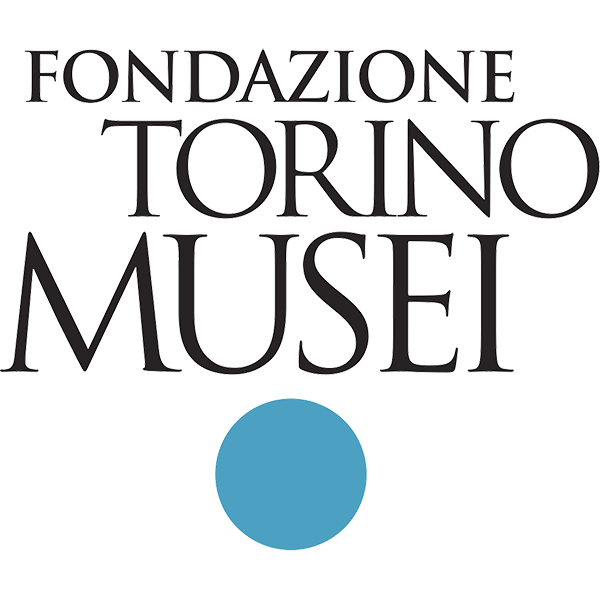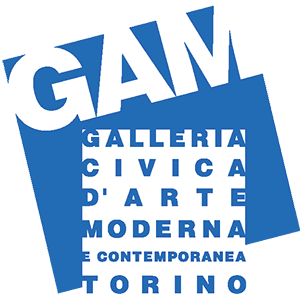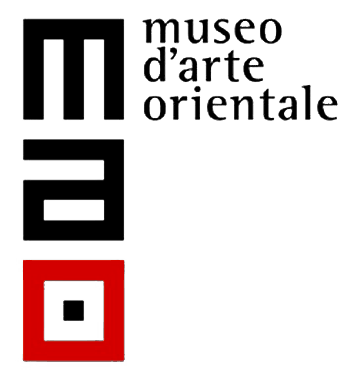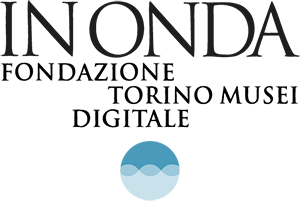PRIMO LEVI. Figures
- Exhibition
- 25 October 2019 - 23 February 2020

25 October 2019 – Extended until February 23, 2020
Wunderkammer GAM
For the centennial of the birth of Primo Levi, GAM Turin, in collaboration with the International Primo Levi Studies Center, showcases for the first time in Italy, at the Wunderkammer, an important selection of works in copper wire made by the illustrious writer and intellectual, curated by Fabio Levi and Guido Vaglio, with exhibition design by Gianfranco Cavaglià and the assistance of Anna Rita Bertorello.
These objects are highly intimate and domestic, intended for the writer’s home or as gifts for close friends: they do not have a specific date (roughly 1955/1975) or title given by the artist himself. The material used is generally copper wire: his work as a chemist specialized in enameled electrical conductors gave him access to large quantities of scraps and test materials.
In the show these objects are treated thusly: not as works of art, but as products of Levi’s fantasy and manual skill: a game, in the broadest and most positive sense of the word. But this does not diminish the grace or quality of the objects; the writer’s thoughts and suggestions take shape in these creations, where the scientific precision of details goes hand-in-hand and alternates with a more impressionistic style. Animals are the primary source of inspiration, but there are also fantastical creatures and the human figure.
Approaching these works opens an extraordinary window onto the world of Levi: a world of multiple and rich skills and sensibilities, well beyond the one-sided, better known, and widespread image as a witness to persecution and deportation. What emerges is a rich and complex figure, one that perfectly combines his training as a chemist, a solid classic literary culture, a passion for languages and etymology, and word games (for Levi, playing is considered one of man’s primary activities), mountain climbing, fantasy, irony, and humor, curiosity for the most recent artistic expressions, an active and competent interest in mathematics, physics, and natural sciences.
As the backdrop to all this is the great importance Levi gave to work, and to manual work in particular, to the “creating hand,” because - as Levi himself reminds us – learning to make something is quite different from learning something. The materiality of the objects he created is the glorification of free work and of dealing with substance, because understanding materiality means understanding the world, but also because Substance is the “great antagonist of the Spirit.” Reclaiming the nobility of techniques is also a way to refuse – culturally, even before politically – the tenets of Fascism and the learning model of Gentile imposed upon him at school.
It was chosen to freely accompany these figures with literary quotes instead of descriptive captions. These are words taken mostly from Levi’s writings and, in a few cases, from some of his favorite authors. Naturally, running the risk of arbitrariness, but with the comfort of Levi’s own words, when he states “I don’t know of any greater nuisance than a neat list of readings; instead, I believe in impossible combinations”.
Therefore, the vision of the works on exhibit, along with the documents, images, and objects presented in the central display case, may allow visitors to recreate a more complex and thorough image of Primo Levi, “to enter the passage and cast an eye on the eco system that lodges unsuspected in my depths, saprophytes, birds of day and night, creepers, butterflies, crickets and fungi”.
The International Primo Levi Studies Center is aimed at all readers and scholars of this writer from Turin, and is present around the world. Its main office is in Turin, the city where Levi lived, and gathers the editions of his works, the numerous translations published in dozens of languages, critical bibliography, and all forms of documentation on him as well as the reaction to his work. The Center also offers support for the research of scholars and holds its own initiatives.
The Center is an association founded in 2008, and its members are the Piedmont Region, the City and Metropolitan City of Turin, the Compagnia di San Paolo, the Jewish Community of Turin, and Primo Levi’s children.






